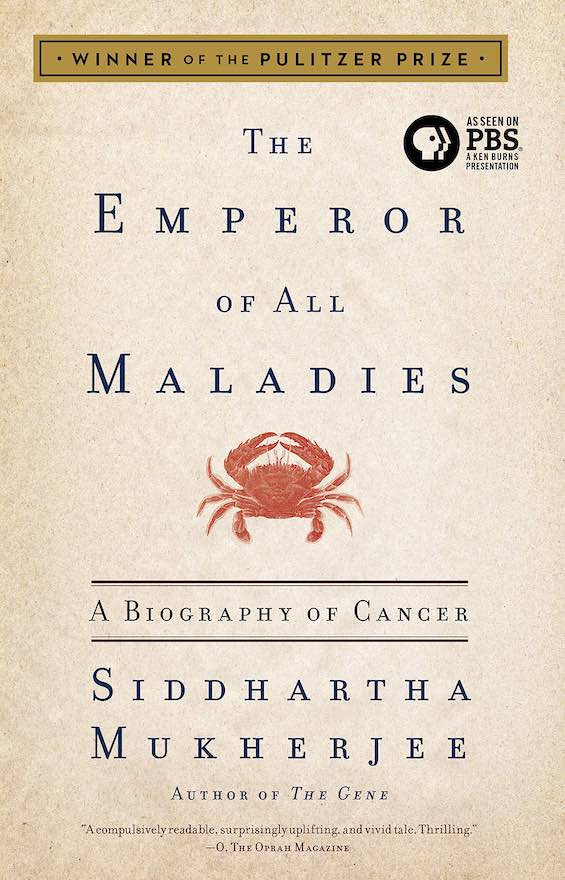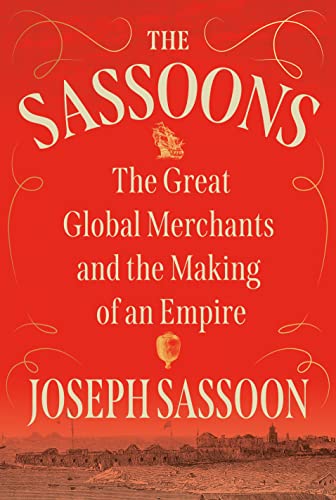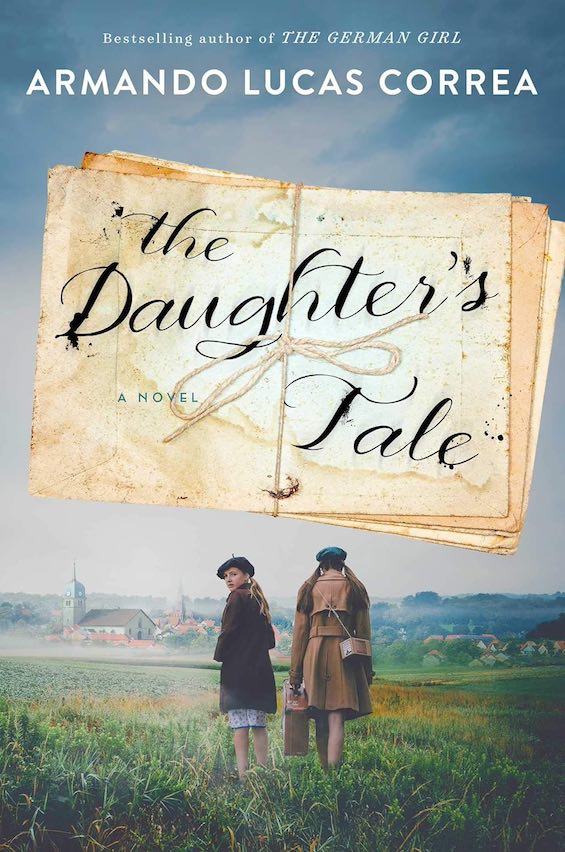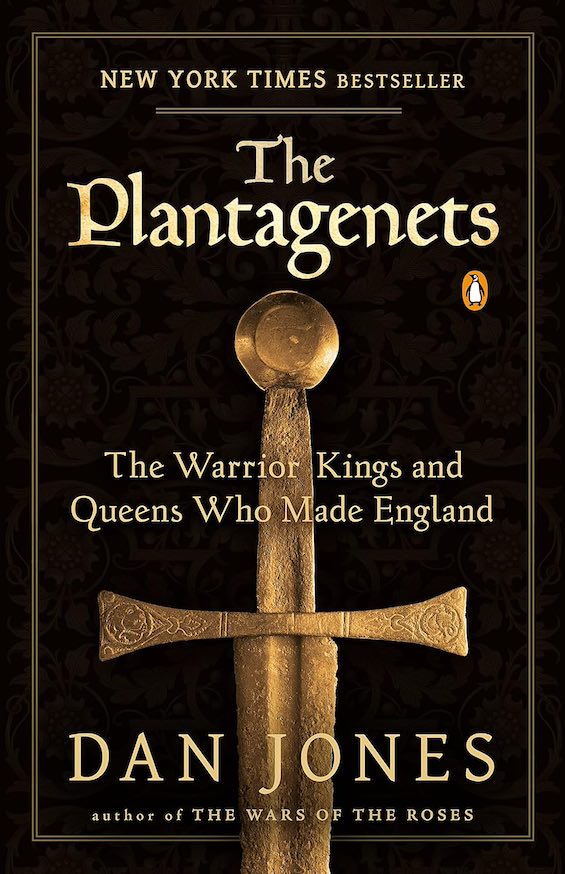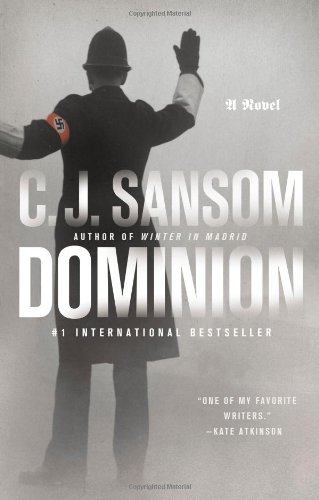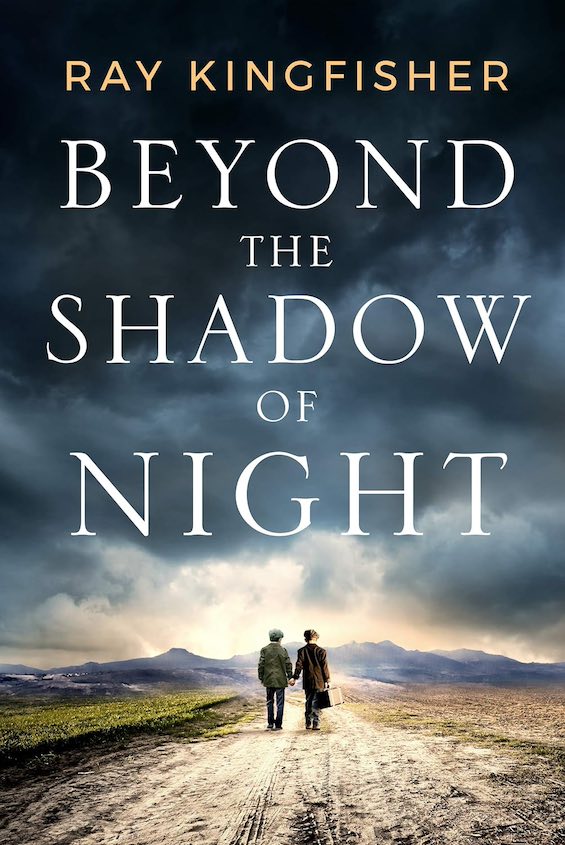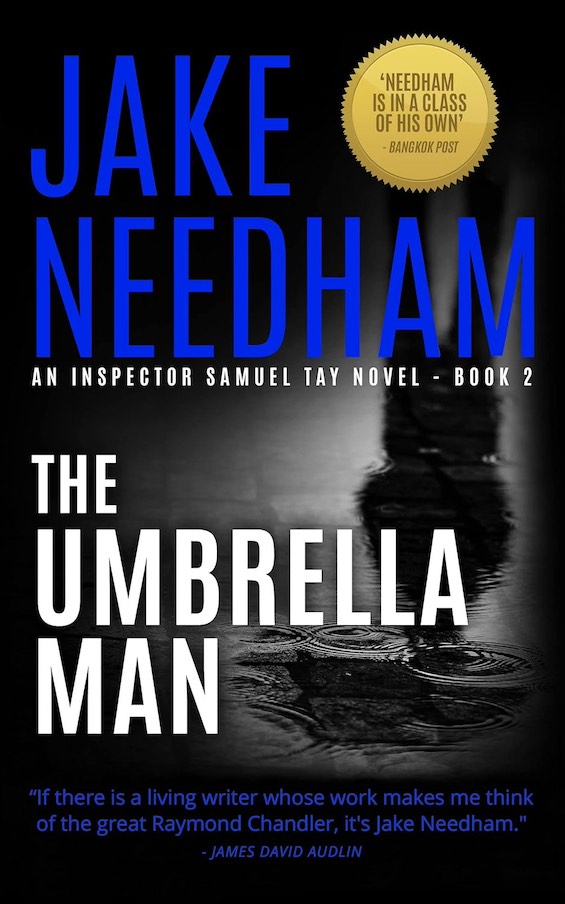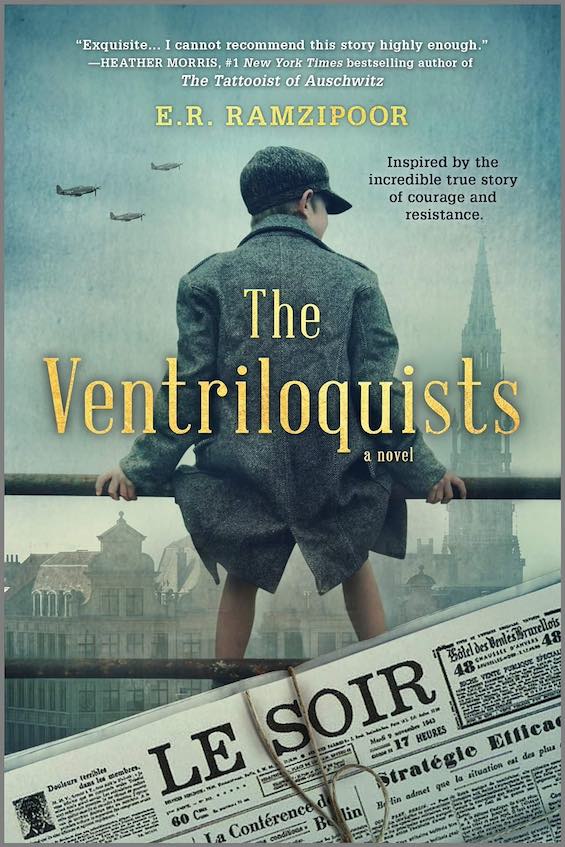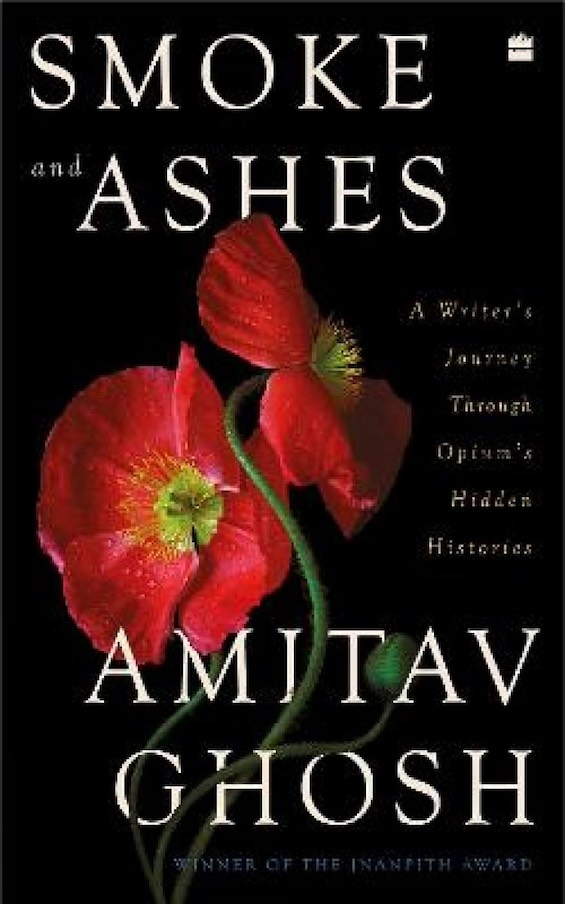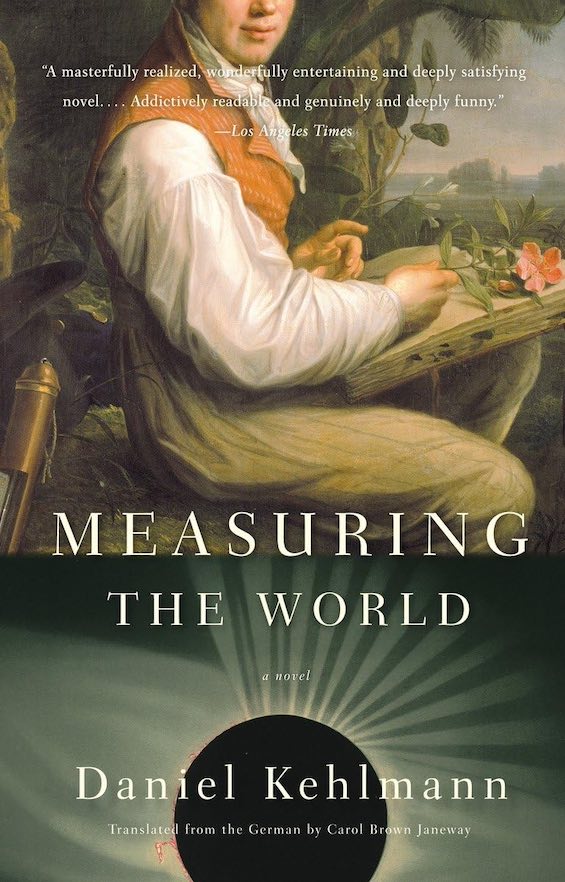
How much of what passes for history comes to us through the pages, and now the screens, of drama? And how much do the creators get wrong? Well, often a great deal, as we might expect. Even William Shakespeare, who read history carefully, distorted the facts as he knew them not just for dramatic effect but also to please the court of Elizabeth I. So, why should Netflix’s Versailles be any different? Could we expect historical truth in a lavish costume drama about Louis XIVon a popular streaming service? But is it reasonable to hope that the company’s presentation of the king and his court in Versailles would stick at least to the basic facts? Apparently not.
Estimated reading time: 3 minutes
So, what’s the problem? Shouldn’t we be satisfied by the gorgeous costumes, handsome actors, and magnificent setting in Netflix’s Versailles? Well, after reading Robert B. Abrams’s excellent short history of the palace, Versailles: A History, and doing some research online, I don’t think so. With the liberties taken by the producers, the series veers sharply into fantasy. And the biggest example of that is in the long-running subplot that centers around the legendary Man in the Iron Mask.
Versailles: A History by Robert B. Abrams (2017) 107 pages ★★★★☆
The biggest error in Netflix’s Versailles
The Man in the Iron Mask looms large in Versailles. In Netflix’s version, Louis and his brother Philippe personally murder the man in the belief that he is their older, illegitimate brother whose existence endangers Louis’s right to the throne. Of course, this is nonsense. Voltaire created the myth that the man was the king’s brother. But even he didn’t pretend that Louis would have him killed, much less personally do the deed. And in my book, setting up that murder goes far beyond the need for dramatic effect.
But the depiction of Louis XIV on-screen is problematic as well.
Sorry, Netflix: Louis XIV was a glutton
In the Netflix production, the king is slender and eats sparingly. The truth is otherwise, as we might already have known from the portraits of Louis IV as an obese old man. Here’s how Abrams describes a typical late-evening supper:
He would begin with four big bowls of different thick soups . . . After the soups, the king would devour a whole bird—partridge, chicken, or duck—a large salad, followed by mutton flavored with garlic, and two thick slices of ham. These courses were usually followed by pastry, preserves, and candied fruit.
As Louis’s long-time mistress often “said, disapprovingly, that if she ate half as much, she would be dead within a week.”
Netflix’s Versailles gets a lot wrong
There are lots of other distortions and misrepresentations in the Netflix production, so don’t watch the series as a guide to history. It’s visually glorious, and the acting is, for the most part, excellent. So, just think of it as enjoyable fiction. Read Abrams’s Versailles: A History for the reality.
For related reading
You might also enjoy:
- 20 top nonfiction books about history
- 20 most enlightening historical novels
- Great biographies I’ve reviewed: my 10 favorites
And you can always find my most popular reviews, and the most recent ones, on the Home Page.


